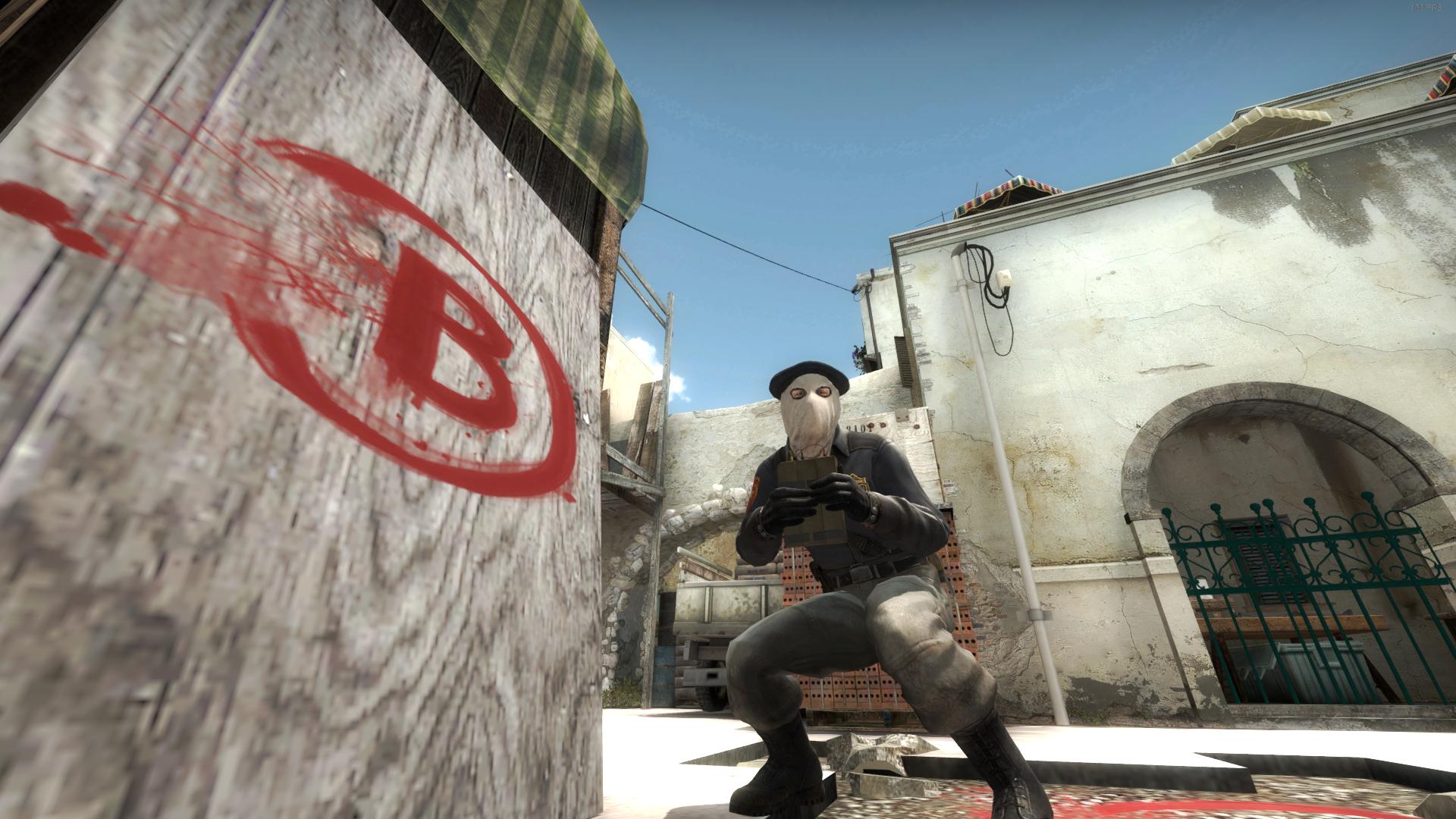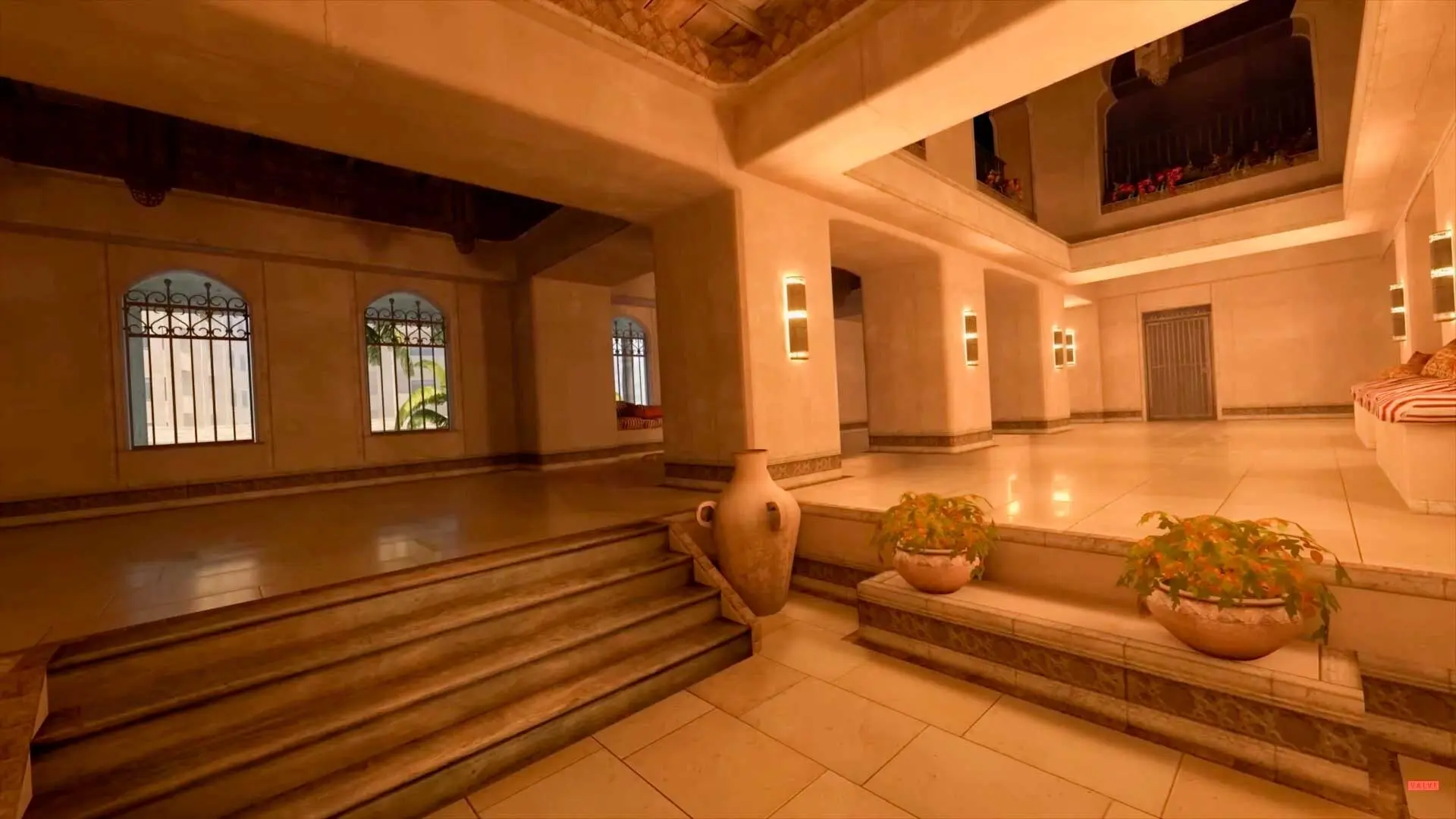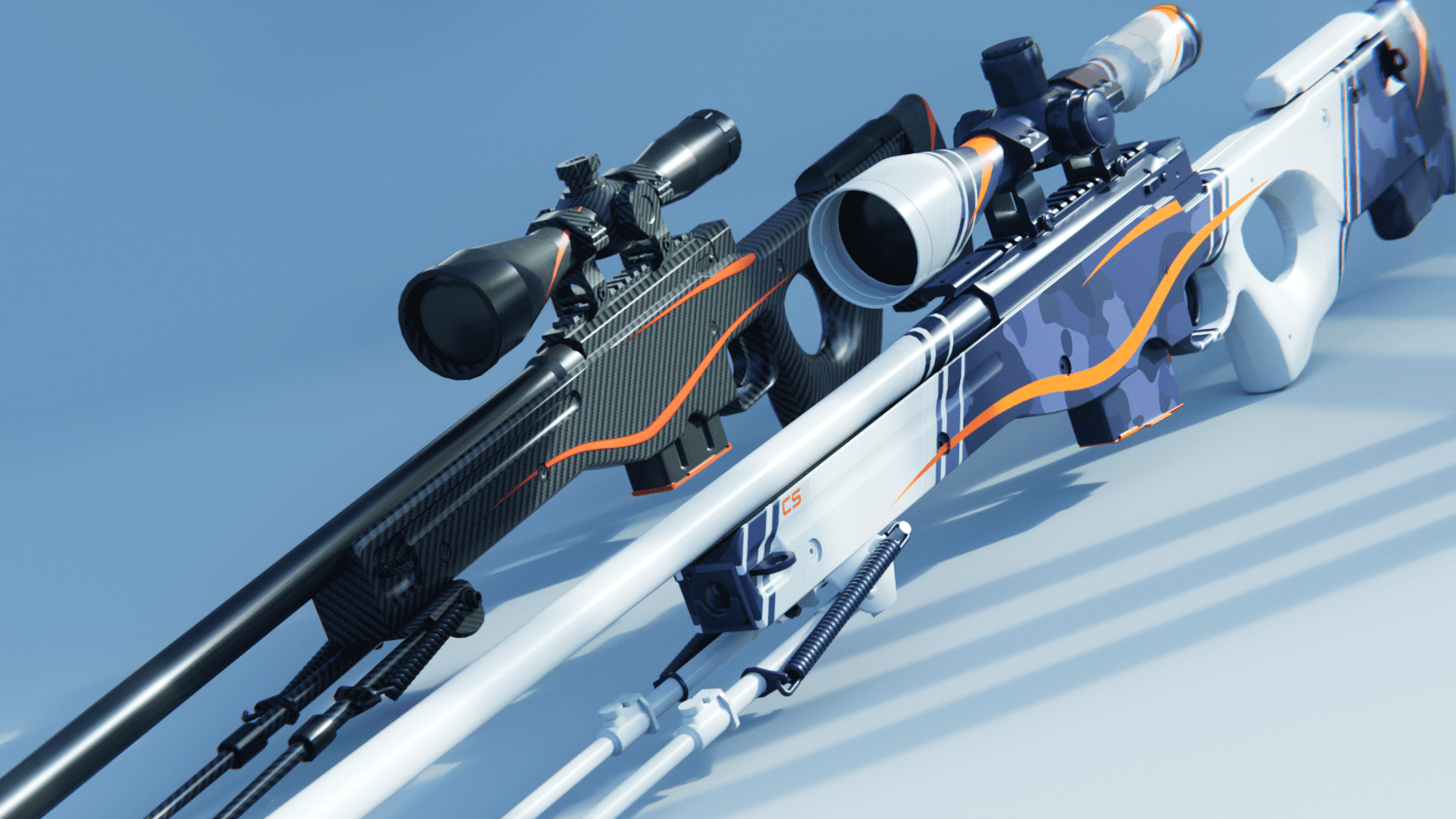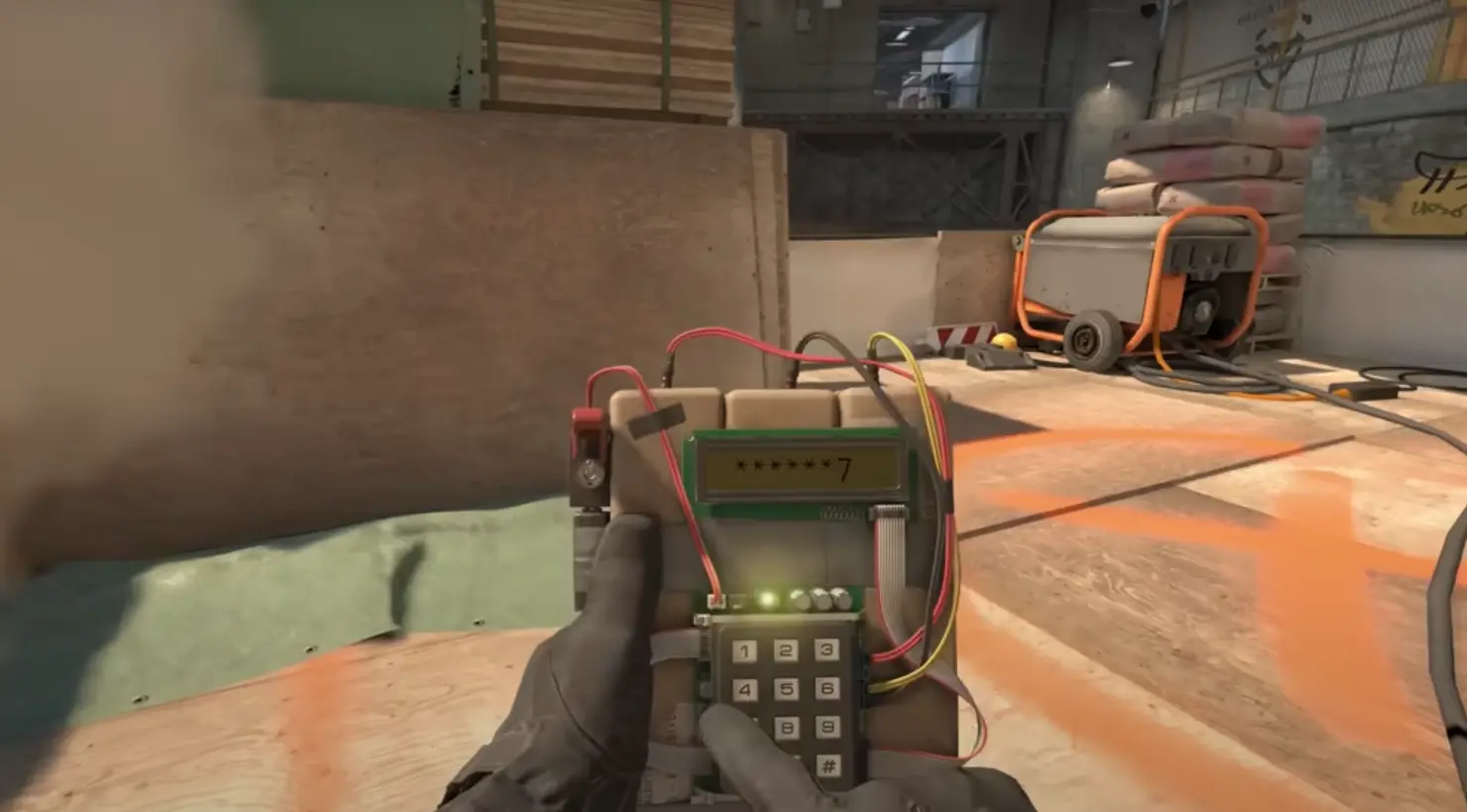
Amid rumored return, the history of CSGO map de_tuscan
Counter-Strike: Global Offensive personality “Don Haci” says that sources have revealed that the classic de_tuscan may be the next map in line for a rework.
Community figure Don Haci tweeted that the classic Counter-Strike map Tuscan might soon be getting some attention from mapmakers. Tuscan is an iconic map that reaches all the way back to Counter-Strike 1.6, but Valve has declined to include the classic defusal map in any of the series’ sequels.
“Since the current map-pool discussions are a hot topic right now, a while ago credible sources told me that de_Tuscan was being reworked on by mapmakers and once completed the first looks of the map might be out in as short as the next couple of months,” Haci said.
The tweet neither confirmed nor denied that a de_tuscan remake was in the works, nor did it say whether or not the map’s original creator, Colin “Brute” Volrath, was involved. Another tweet later says that Valve is not involved with the rumored remake.
With CSGO seeing additions and removals to its competitive map pool, Haci has reignited a community debate over which map will be the next to leave the pool.
Could de_tuscan return in CSGO?
Characterized by snaking hallways and tight corners, matches on Tuscan have always included combat in close quarters. A feature that CSGO maps haven’t seen much of until Vertigo, the original Tuscan’s CT spawn gave the defense an automatic advantage when it came to holding middle. The bombsites were full of cubbies and alcoves that gave both sides advantages depending on which team took control of a given area first.
When CSGO was released in 2012, many fans were disappointed that the coastal-themed map wasn’t included in the latest release of the franchise. Brute released a CSGO version of the map on the Steam Workshop in September 2014. Tuscan’s last update was in 2015, according to both the map’s workshop page and Brute’s Twitter.
According to a tweet from Brute, the 2015 update was for a special 2015 CEVO-P matchup between Team Liquid and Virtus.pro. Tuscan’s workshop page says that that update included new textures, adjusted lighting, tweaked skyboxes, and bug fixes for the map. Tuscan hasn’t seen an update since then.
Valve has a history with CSGO map makeovers
While Haci claims that Valve is not involved in the reported makeover, its not out of the question that they could step in. Over the past several years, Valve has added and removed maps from the game’s official competitive map pool. Since CSGO has only seven maps to choose from in pro play, rotating these maps allows for new metas and strategies to evolve. For example, Astralis’ lauded utility usage didn’t really draw attention until the reworked Inferno reentered the pool.
The normal procedure for a map makeover is that a map is removed from the competitive pool and replaced with a redesigned version of the last map to leave.
When a map is replaced, Valve gives it a thorough overhaul that can include new visuals, changes to collision detection, and other small design tweaks. Other than increasing visibility of character models, most visual overhauls have little effect on actual gameplay. But mesh changes and others like that which aren’t visible to the naked eye definitely can.
A CSGO skybox is a perfect example. These invisible and flat planes don’t simulate the sky. They exist to define the upper boundary of the map. If a map has a low skybox, throwing tactical smoke grenades can be difficult because the height of the skybox limits the grenade’s trajectory. If the grenade goes too high, it will simply bounce off the invisible boundary. Changes to features like a skybox can have far-reaching effects on the outcomes of pro play.
Valve normally handles the process in-house or hands it off to one of their partner developers that helps update CSGO maps, but occasionally the map creators themselves take over the process.
Cache arrives with limited changes
Cache’s recent overhaul made its debut during ESL One New York’s show match. The original map designers Salvatore “Volcano” Garozzo and Shawn “FMPONE“ Snelling showed off a small window on the map’s Z connector. The window wasn’t a groundbreaking change, but it added a small adjustment to how the map would play.
Most maps reenter the pool just like this. Small improvements or changes, but rarely something revolutionary.
Visually, the reworked Cache was more vibrant than the original version of the map as Volcano and FMPONE also added some decorative touches that will have no effect on gameplay.
Two of the changes will affect how the map plays. A lowered wall around the A bombsite and the new middle window will influence professional strategies. The creators released a playtest version of the new Cache in early October on the Steam Workshop.
CSGO fans never know exactly how map changes will play out until pro teams have had several months to experiment. It usually takes at least that long for teams to explore all the new possibilities and exhaust the strategic angles of a map.
Valve normally leaves reworked maps in the community map pool for several months of public playtesting before adding it back into pro play. And that’s if a map ever does make it back. Valve removed Cobblestone in August 2018 to make room for another classic map, Dust 2. Prior to that, Valve replaced had pulled Dust 2 in favor of a remade version of Inferno. As of November 2019, Cobblestone is still missing in action.
As for Tuscan, no one knows for sure if CSGO will ever see an official version, let alone the map in the competitive map pool. Neither of Brute’s website or Twitter have been updated since 2015, and the creator looks to have moved on. Tuscan lives on, however, and users can still download the 2015 version of the classic map here.
Recommended

All maps are now available in CS2, what does it mean?
Poor Inferno players.

Redline creator reveals a sequel skin for CS2
Maybe call it the Orangeline?

CS2 release date: Everything we know so far
Is it CS2-morrow? No, it is not.





